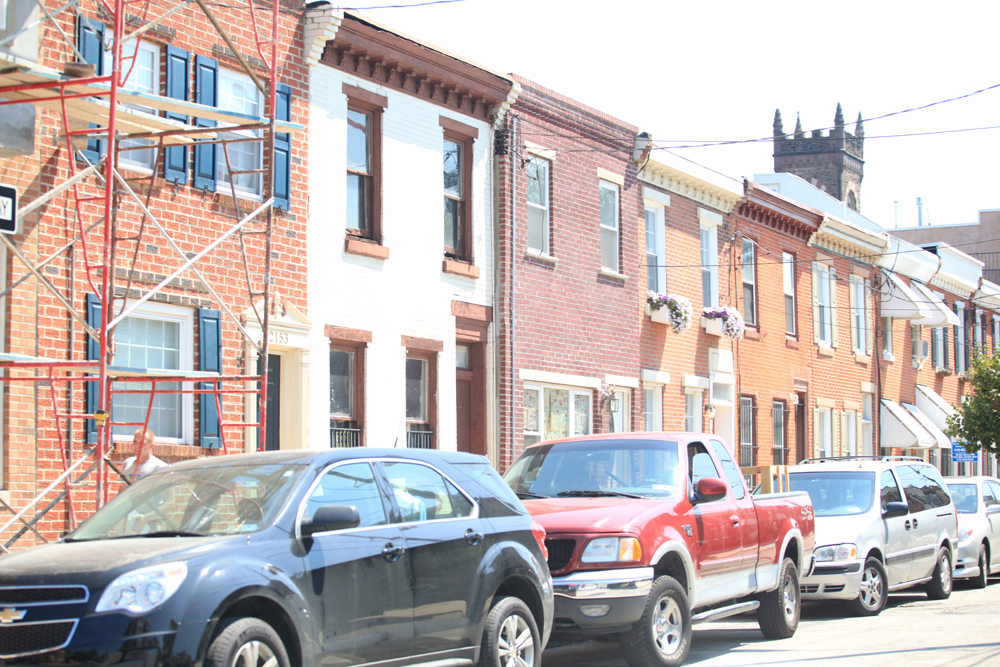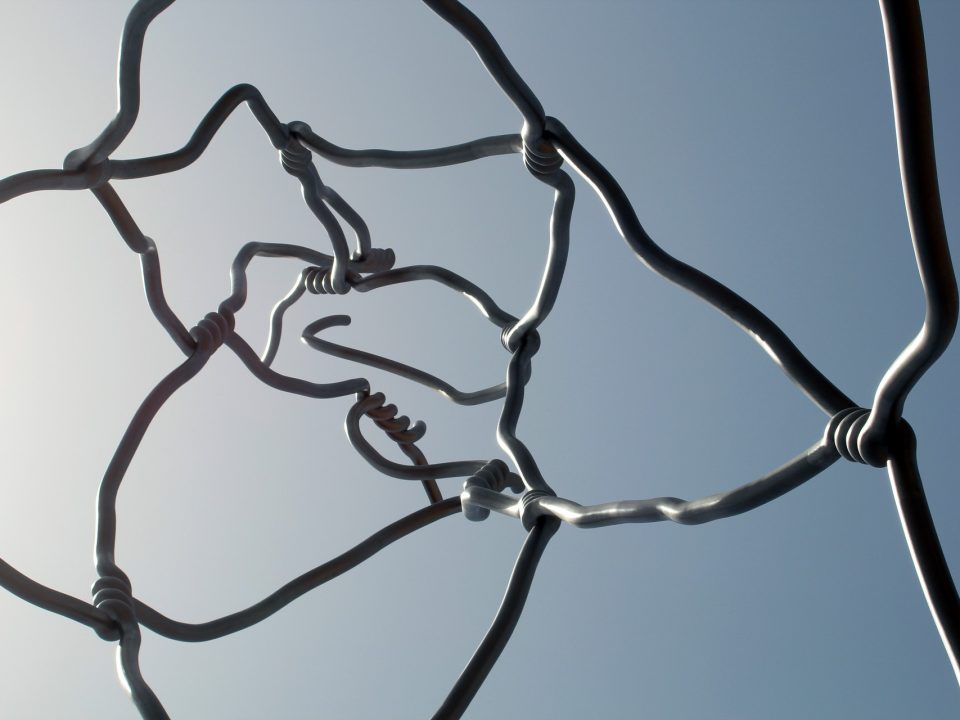Philly Attracting Residents Into “Border” Neighborhoods

For years, Center City has been Philadelphia’s biggest housing draw. Living in the city center is an attractive prospect for those who work downtown, as well as anyone who doesn’t want to have to drive to get to dining, entertainment, and other attractions. Prices in Center City have reflected this phenomenon so far, with price tags for even modest condos soaring. Accordingly, says Philly.com, new residents are starting to disperse into the “border” neighborhoods that surround Center City. As an example, the site mentioned the 19146 zip code, “the Southwest Center City neighborhood that encompasses parts of Graduate Hospital, Grays Ferry, and Point Breeze.”

Southwest Center City is an area experiencing tremendous growth in real estate.
Real estate experts have seen tremendous growth in this area following decades of both residents and businesses fleeing from it. In fact, between April and June, six homes in 19146 sold for more than $1 million. That’s something that never would have happened in previous years. The neighborhood, which is bounded by Broad Street to the Schuylkill and from Waverly to Tasker Street, currently has the highest volume of sales citywide, outpacing other neighborhoods that have historically been considered more popular.
What is happening, say experts, is gentrification of neighborhoods once avoided due to blight and crime. Prices here are hitting record highs. Overall, it has been a great spring and early summer for Philadelphia real estate. According to Philly.com: “In the second quarter of 2017, the city recorded 5,613 home sales ― the highest number since the third quarter of 2007, and up 17.6 percent from one year ago, according to home-sales data (excluding condominiums) that were analyzed by Drexel University economist Kevin Gillen.” A lot of this push has come from developers moving in on once-undesirable neighborhoods and developing them, tempted both by low prices and Philadelphia’s 10-year tax abatement for new construction.
Of course, as Philly’s once-poorer neighborhoods become hot commodities, there are concerns about the effects of gentrification on the city’s lower-income residents.



